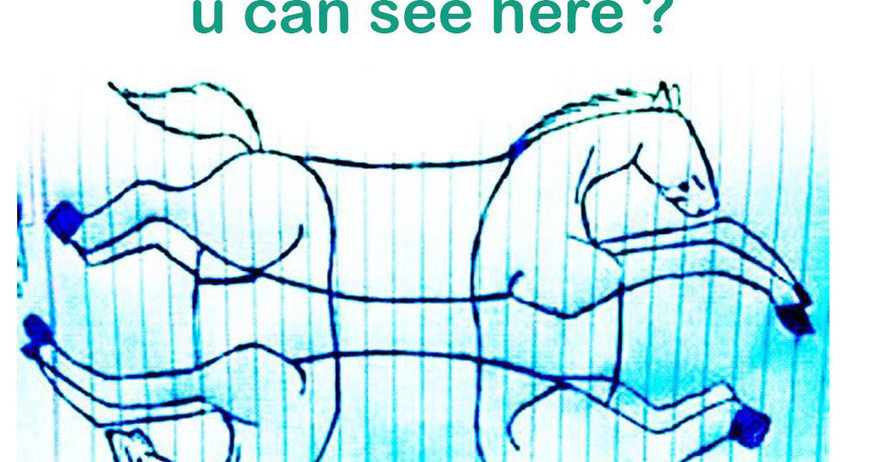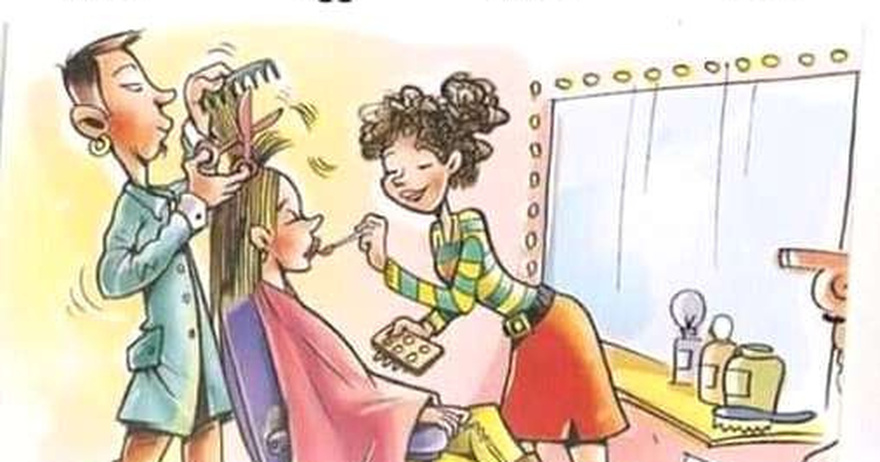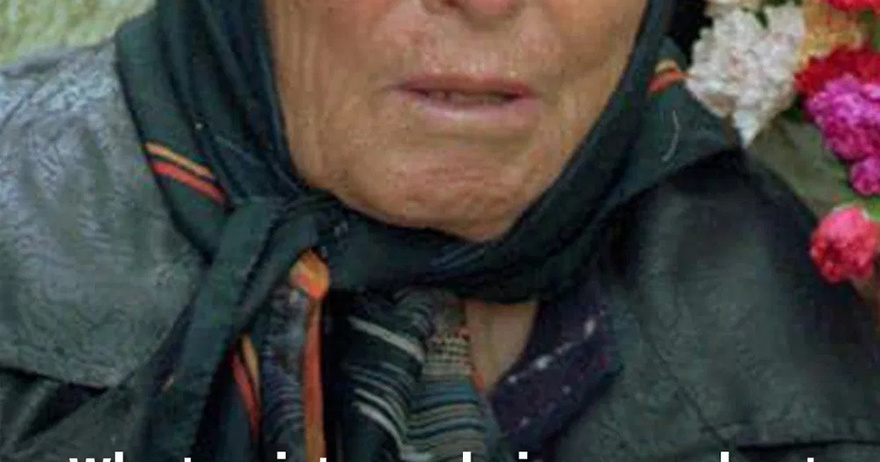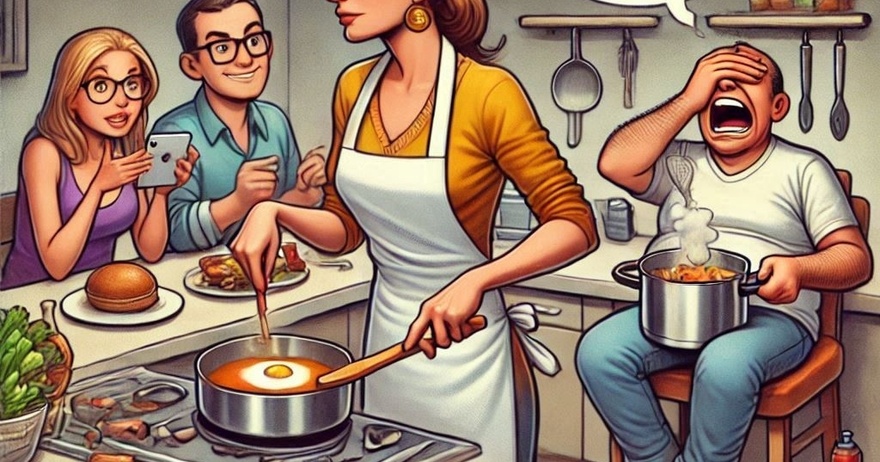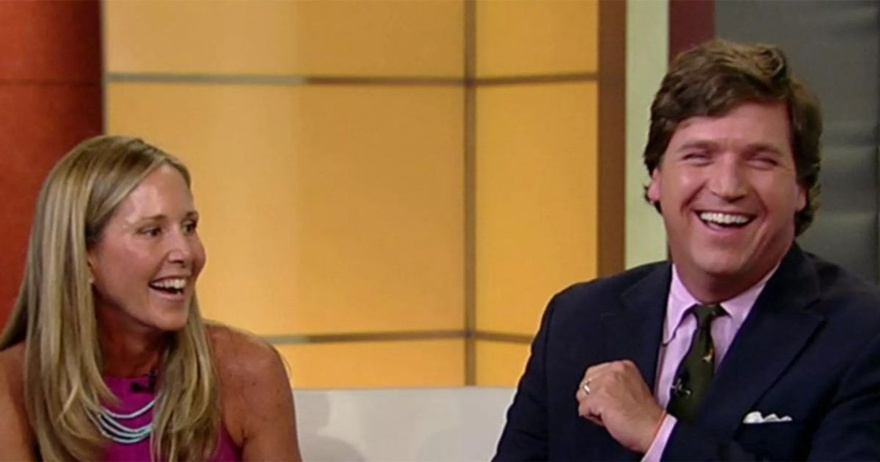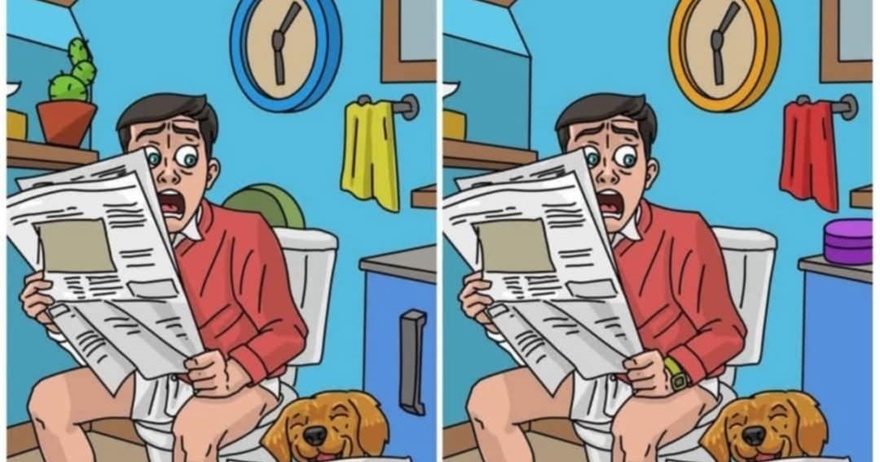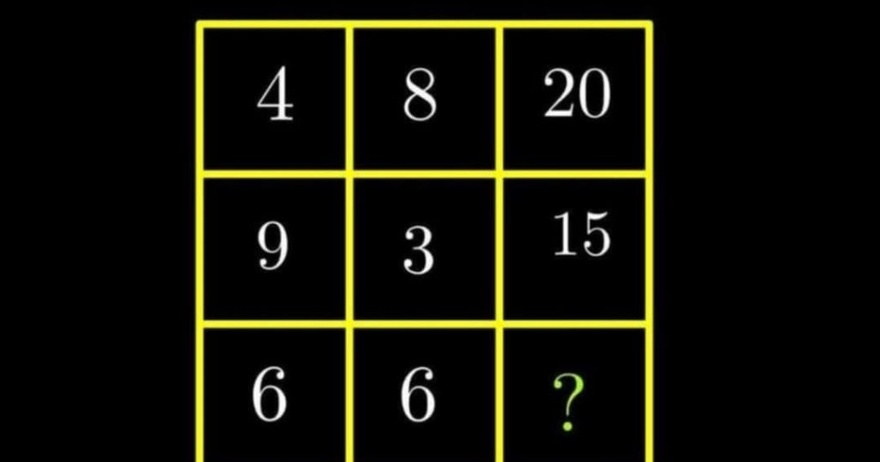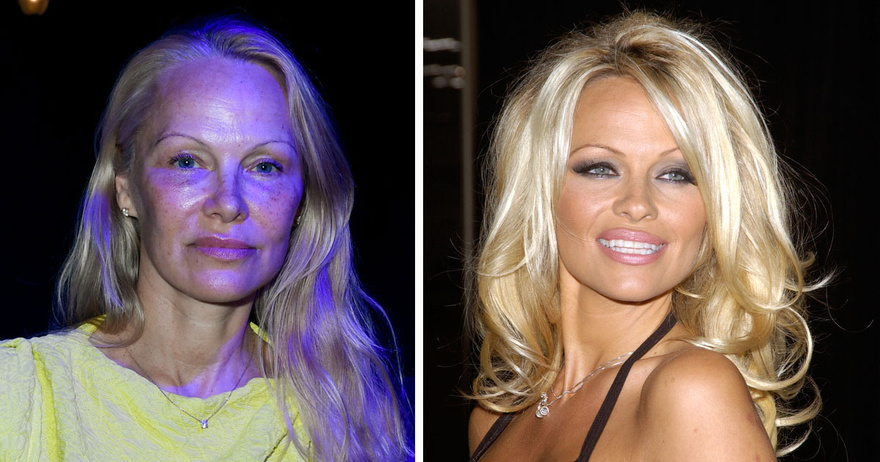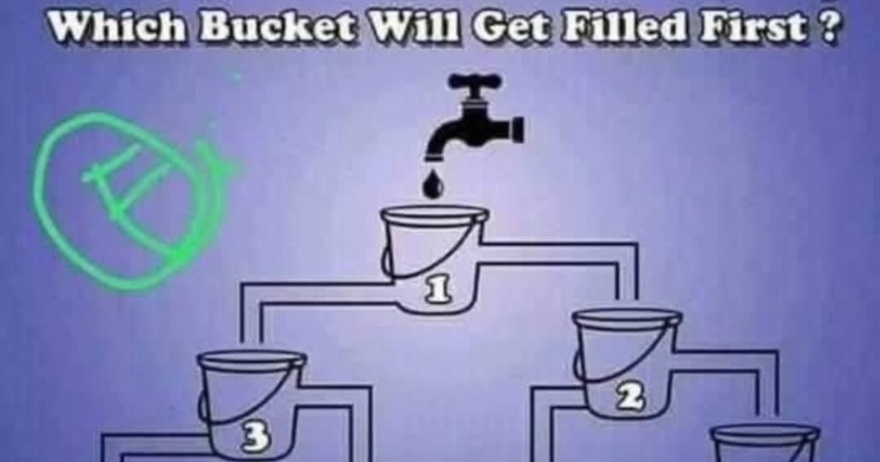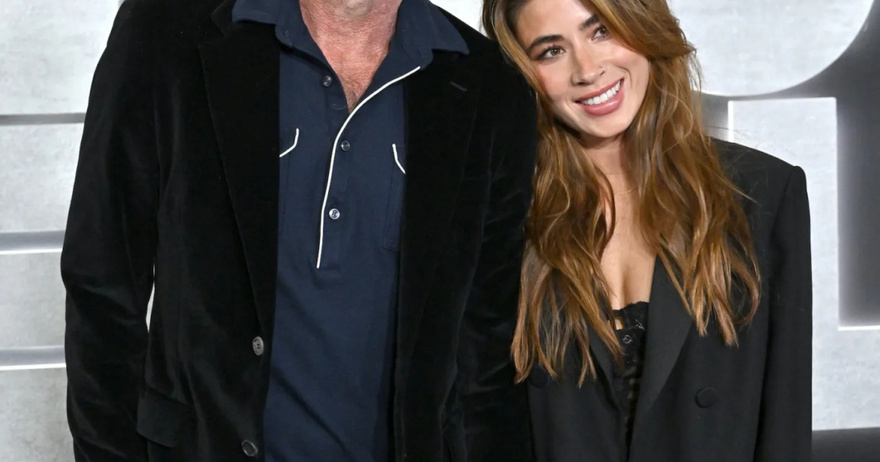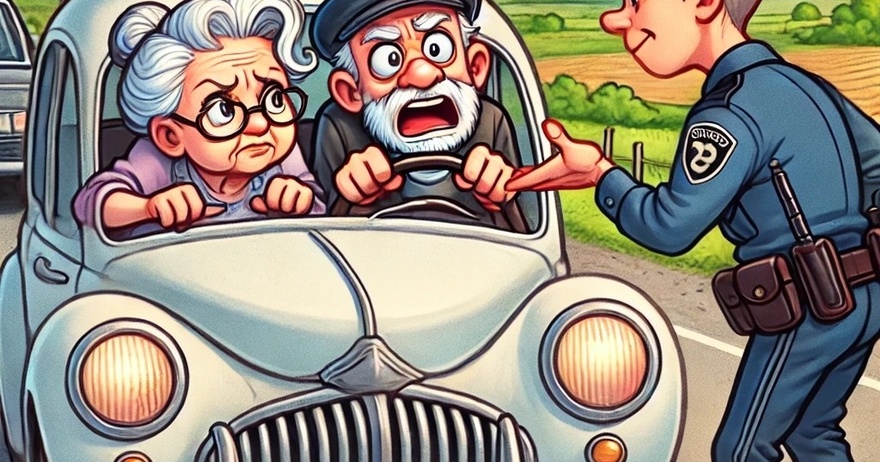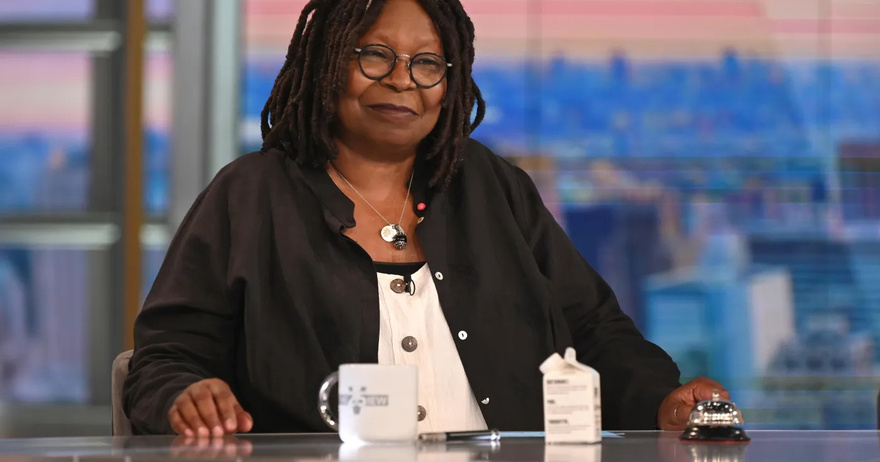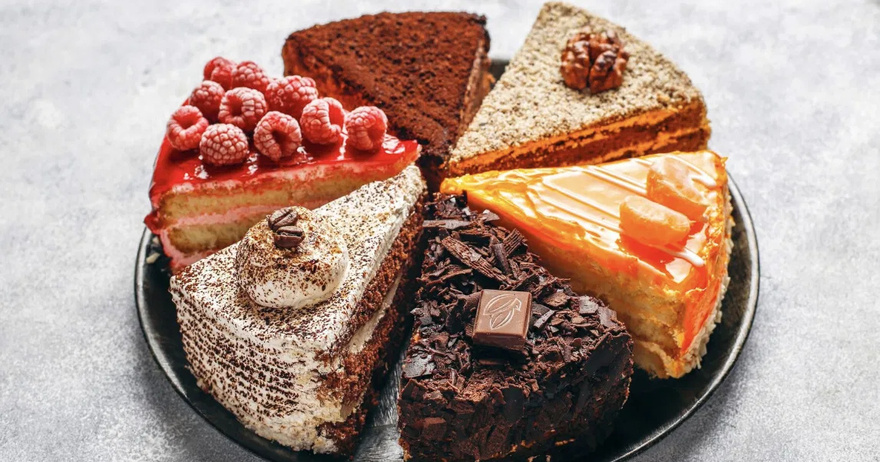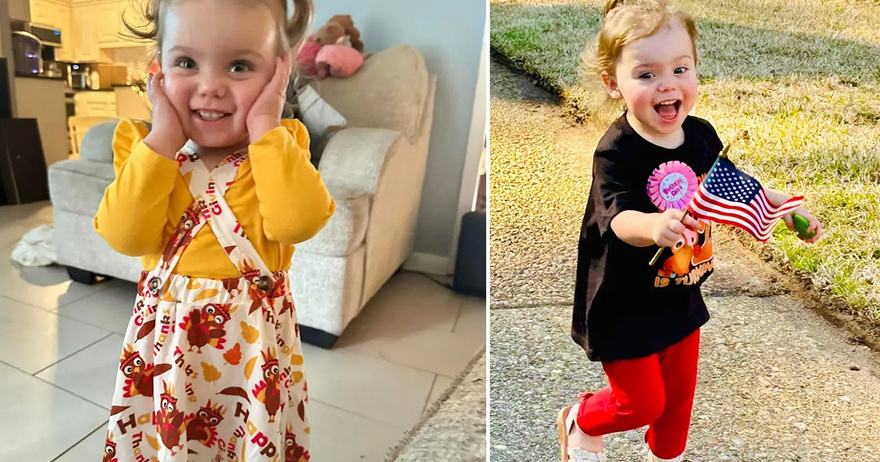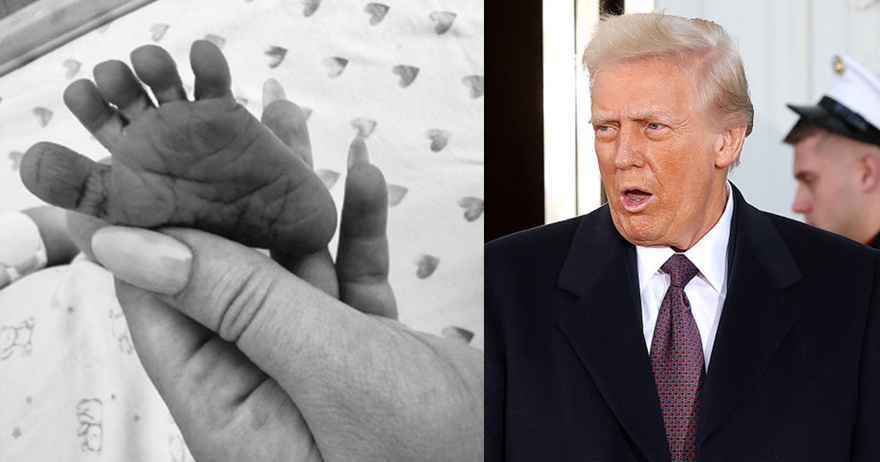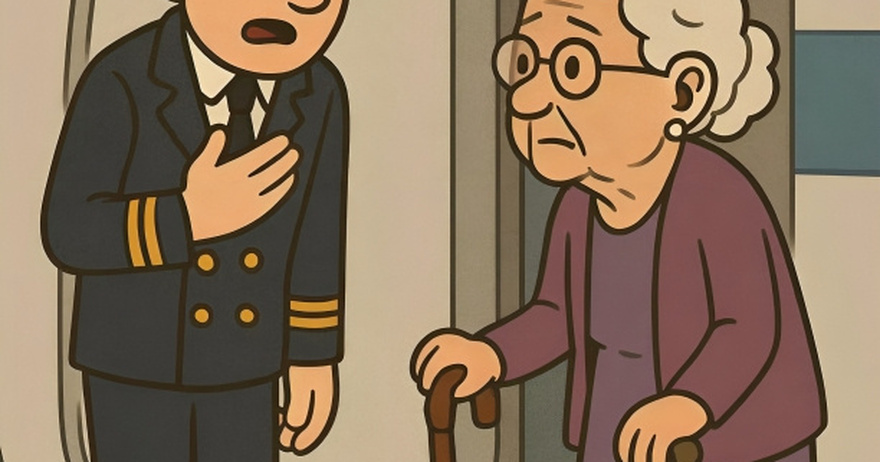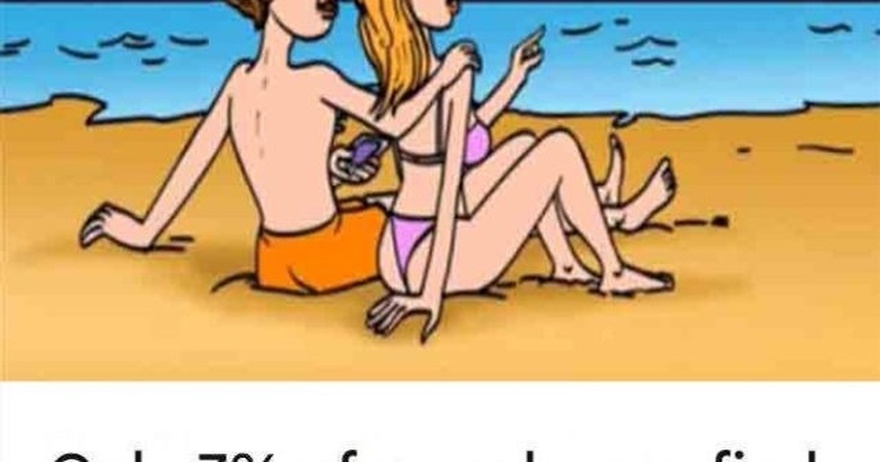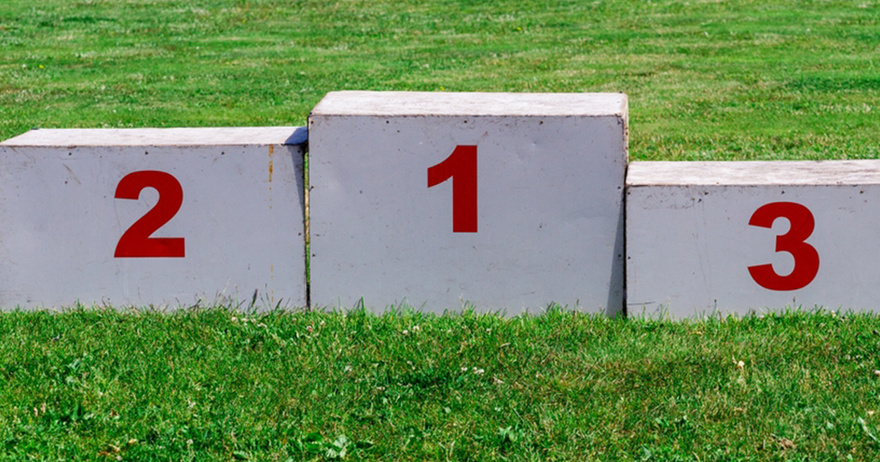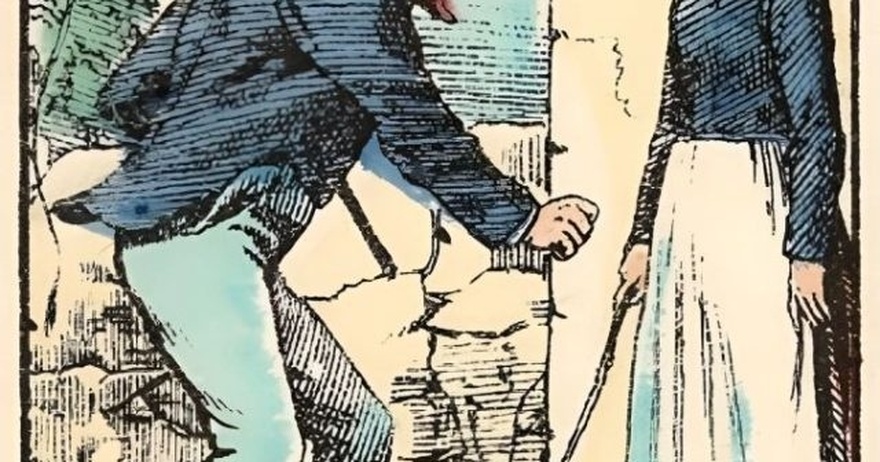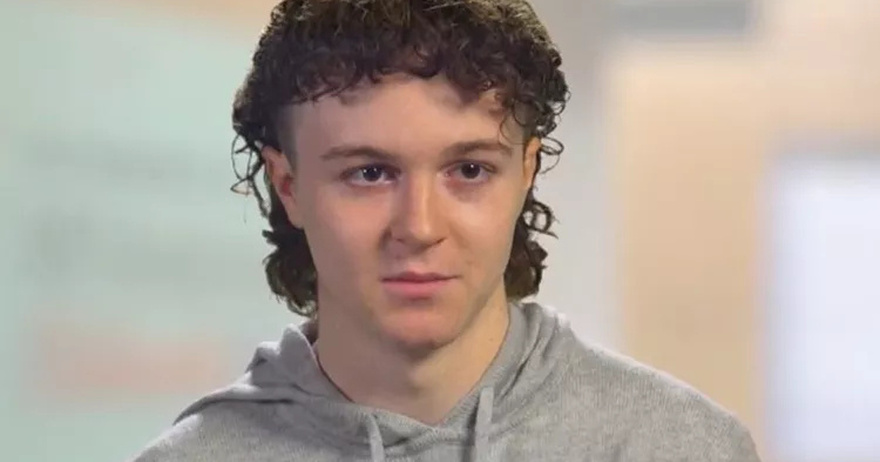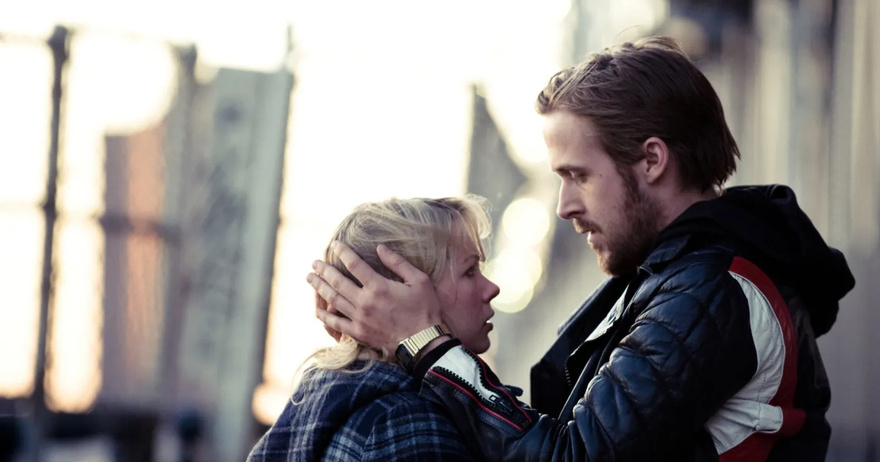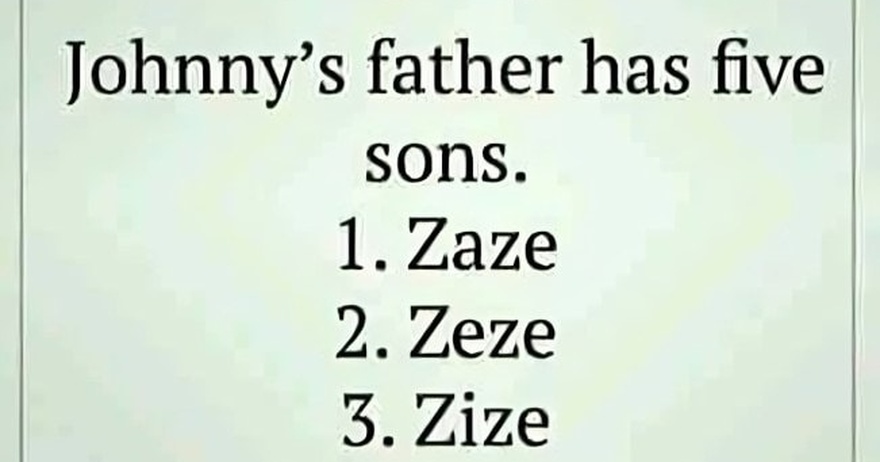Have you ever looked at an image and thought you saw one thing, only to realize later that your brain was playing tricks on you? Optical illusions have a way of messing with our perception, making us question what we think we see. One illusion that has recently caught people’s attention is a horse-themed puzzle that challenges you to determine how many horses are actually in the image.
At first glance, it might seem like there are only two horses. But as you stare at the image a little longer, you start to see something different. Some people say they see three, while others insist there are four. So, what’s the correct answer? Let’s break down this fascinating illusion and understand how our brains can be so easily tricked.
The Power of Optical Illusions
Optical illusions work by manipulating the way our eyes and brain interpret visual information. They play with elements like color, light, perspective, and depth, making objects appear distorted, duplicated, or even invisible. This particular horse illusion is an example of how overlapping shapes and clever positioning can lead to multiple interpretations of the same image.
When we look at an image, our brain processes it in a fraction of a second. But sometimes, what we see isn’t what’s actually there. Instead, our mind fills in the blanks based on prior knowledge and expectations. That’s why two people can look at the same picture and come up with completely different answers.
How Many Horses Do You See?
Take a moment to study the image. Most people initially see two horses, one facing right-side up and another upside down. However, the illusion is designed in a way that tricks your eyes into missing the full picture.
If you examine the shapes carefully, you’ll start to notice additional horses hidden within the design. The overlapping features, legs, and body shapes create the illusion of extra figures, leading to the surprising realization that there are actually four horses present.
Why Do We Get It Wrong?
So, why do so many people fail to see all the horses on their first try? It all comes down to how our brains process images. Here are a few reasons why this illusion is so tricky:
Overlapping Elements – When objects blend into one another, our brain tries to simplify the image, often grouping similar shapes together rather than identifying them individually.
Upside-Down Confusion – Seeing familiar objects in unusual positions, like an upside-down horse, makes it harder for our brain to recognize them.
Quick Judgments – Most of us scan images quickly and make snap judgments rather than taking the time to analyze every detail.
Negative Space Tricks – The empty spaces in the image can create additional visual cues, making it even harder to separate each individual horse.
Step-by-Step Guide to Solving the Illusion
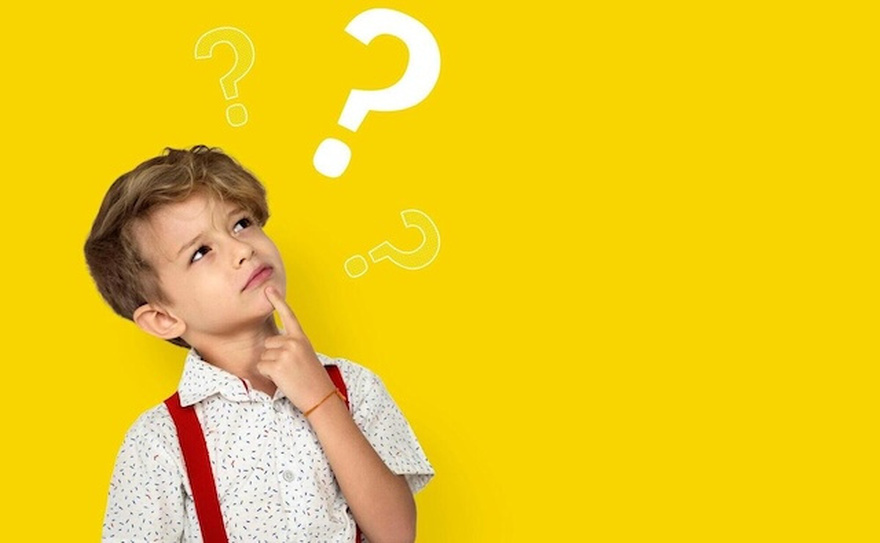
If you’re struggling to see all the horses, follow this simple guide to break down the illusion:
Look at the Whole Image First – Instead of focusing on one part, take in the entire picture.
Identify the Most Obvious Horses – Start with the ones that stand out the most, typically the right-side-up and upside-down horses.
Pay Attention to Overlapping Parts – Notice how the legs, bodies, and heads blend together, forming additional horses.
Count Distinct Features – Instead of counting whole bodies, try identifying separate heads, legs, and tails. You may be surprised by what you find.
Take Your Time – Sometimes, stepping away for a moment and looking again helps you see what you initially missed.
The Fascination Behind Optical Illusions
What makes illusions like this so fun is that they reveal just how complex our perception really is. Our brains don’t always interpret reality accurately—they take shortcuts to make sense of the world as quickly as possible.
These puzzles challenge us to slow down and look beyond the obvious, improving our observational skills and cognitive flexibility. They’re also great for strengthening the brain, as they force us to think outside the box and engage in problem-solving.
How Many Horses Did You See?
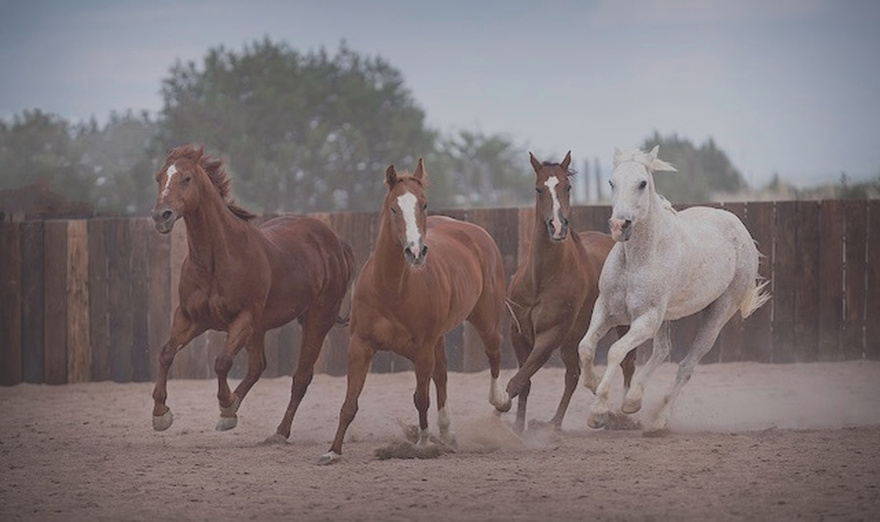
Now that you know the answer, how many horses did you count at first? Were you able to spot all four right away, or did the illusion fool you?
These types of visual puzzles are a great way to challenge your brain and sharpen your perception skills. The more you practice, the better you become at recognizing hidden details and breaking through tricky illusions.
Next time you come across a puzzling image, take your time, examine the details, and trust that your eyes might not always see the full picture at first glance.
